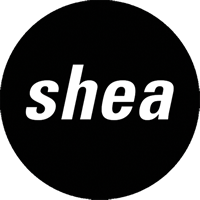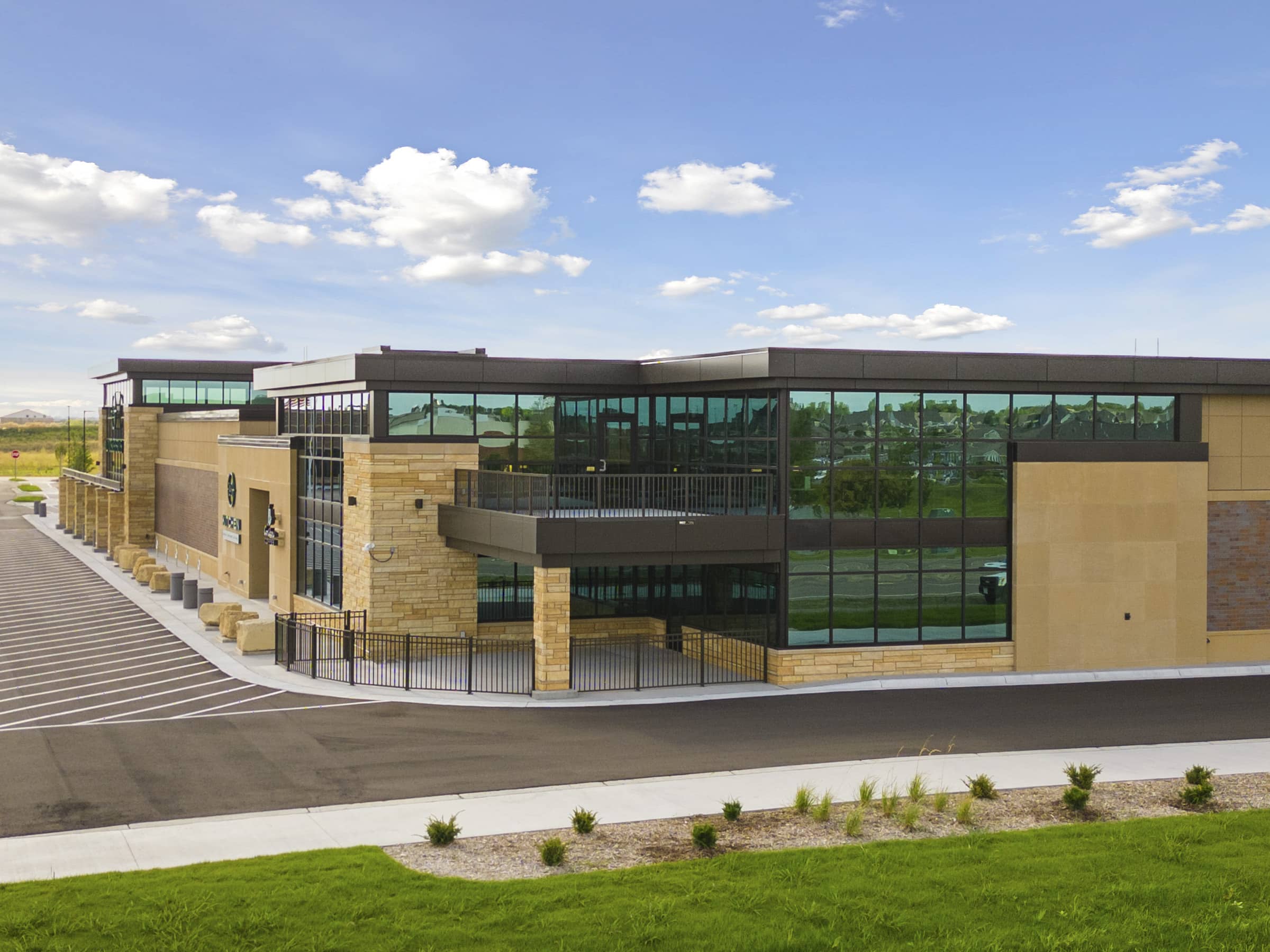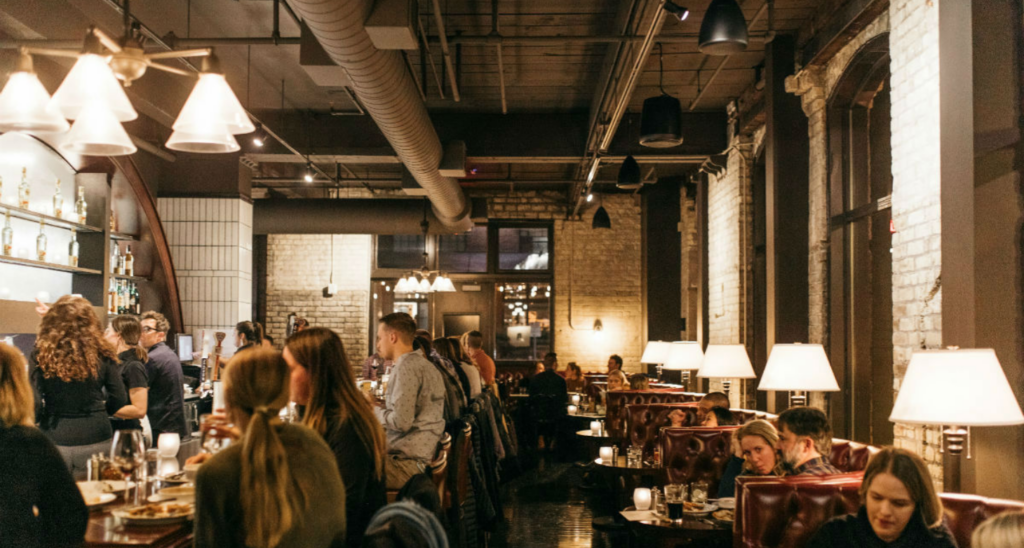“How much longer will it take, and how much more will it cost?”
As an architectural design firm that experiences the changing state of doing business, this is the single most common question we hear from clients embarking on a new project. The blanket answers most businesses are given is, “It’s more, of both.”
While we can’t give exact numbers due to market variations and the unique scope of each project, we can break down the key costs and the trends we’re seeing today to support informed decisions and give a more substantial answer than simply: “It’s more.”
The Categories of Costs
At the start of every project, it’s easy to get caught up in inspirational and aspirational images and ideas (i.e. pretty pictures), but Shea always balances that with the not-as-fun conversation of budget, breaking out the following costs:
Construction Costs
All built items in a space, whether renovation or new construction. Costs can be ballpark estimated as a per square foot cost, but a more accurate estimate requires a preliminary floor plan and outlined scope to hone the number for planning purposes.
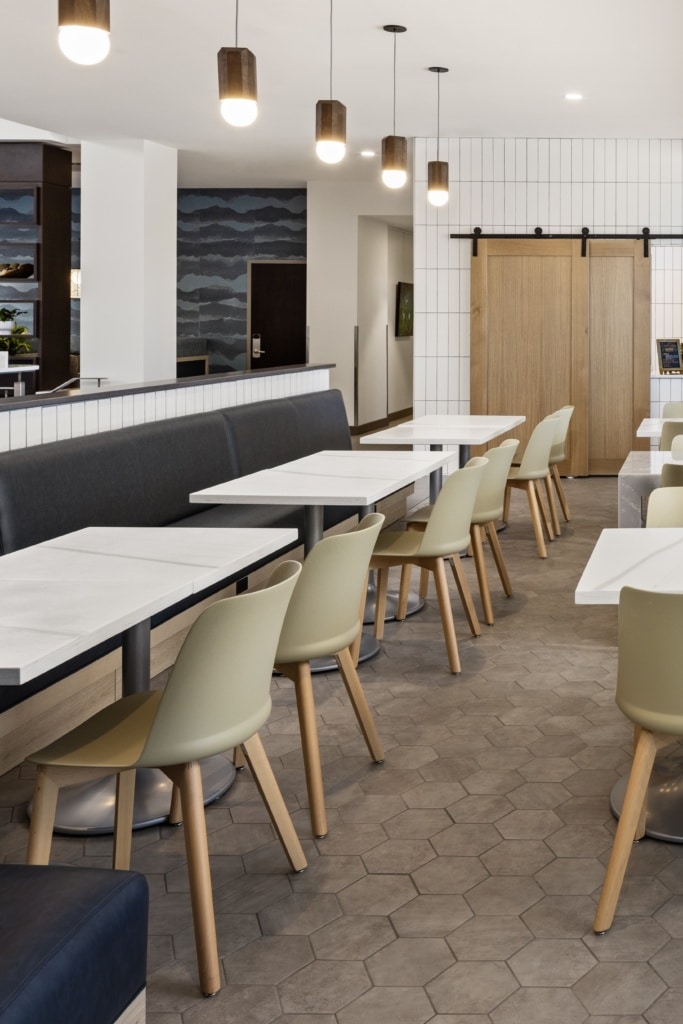
Purchased Items
All items necessary for purchase, whether provided by owner or designer/architect. This covers all the components not included in construction costs:
- • Furniture & fixtures
- • AV and technology
- • Window treatments
- • Artwork and décor
- • Signage package
- • Equipment (e.g. kitchen equipment for restaurants)
The biggest cost next to construction, all potential items for purchase should be at least ballpark-estimated from the beginning.
Professional Fees
Any professionals (outside of the general contractor) needed for a project, including architects, engineers (civil, mechanical, electrical, structural), legal, expediter(s), landscape design, etc. Every project has different needs, but as a rule of thumb for planning, total fees are about 8-10% of construction costs.
Permits and City Fees
Built environments will need a building permit. It may also include sewer and water assessments (SAC and WAC) or fall into an area with a specialty city, county or state fee. It’s always best to have a list of all of these costs with at least an informed estimate at the start.
Opening & Operating Costs
Includes soft costs of marketing, opening, moving, training, etc. These often get missed in initial planning.
Contingency
In initial budgeting, we recommend a 10–15% contingency on the total estimate. There are always surprises in building a space, and it’s best to account for those unknowns as well as scope refinement and market variability.
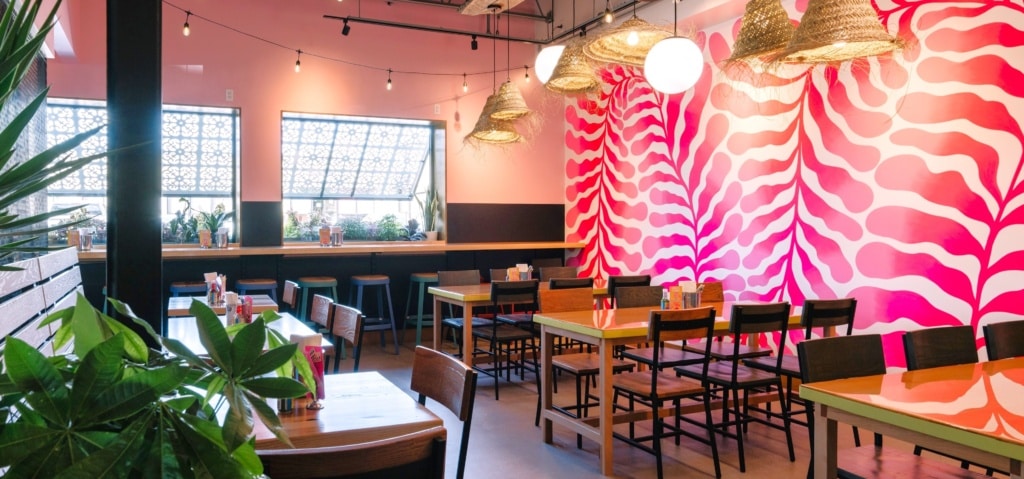
Current Market Trends
Over the past few years, Construction and Purchased Items have seen a disproportionate increase in costs due to a few major factors:
Construction Costs
Following the COVID pandemic, a lack of labor and materials (notably steel, aluminum, and plumbing systems) lead to significant cost increases. While the growth rate has started to level out, elevated labor costs, and residual supply chain and tariff impacts in 2025 have left overall pricing significantly higher than pre-2022 levels.
A Mortenson cost index of Minneapolis notes an approximate commercial construction cost increase of 38% percent from 2022 to 2025. Working nationally, we’ve seen similar increases between 35-40% across the U.S., with an even higher magnitude in dense urban markets, coastal locations and specialty industries (i.e. airports).
Purchased Items
Tariffs, lingering supply chain challenges and uncertainty around the two are influencing both cost and lead times for purchased items. Less shipments are being scheduled from overseas, leading to tripled lead times for anything arriving via ocean freight. And the weekly (sometimes daily) fluctuations of tariffs cause significant delays in items clearing customs once they’ve arrived.
Manufacturers have started dropping product lines with heavy tariffs, leaving some items now unavailable. As demand rises for domestic products, American manufacturers are experiencing backlog of orders.
Lead times from overseas sources:
- • 2022: 8-10 weeks
- • Today: 16-18+ weeks
Lead times from American sources:
- • 2022: 2-4 weeks
- • Today: 6+ weeks
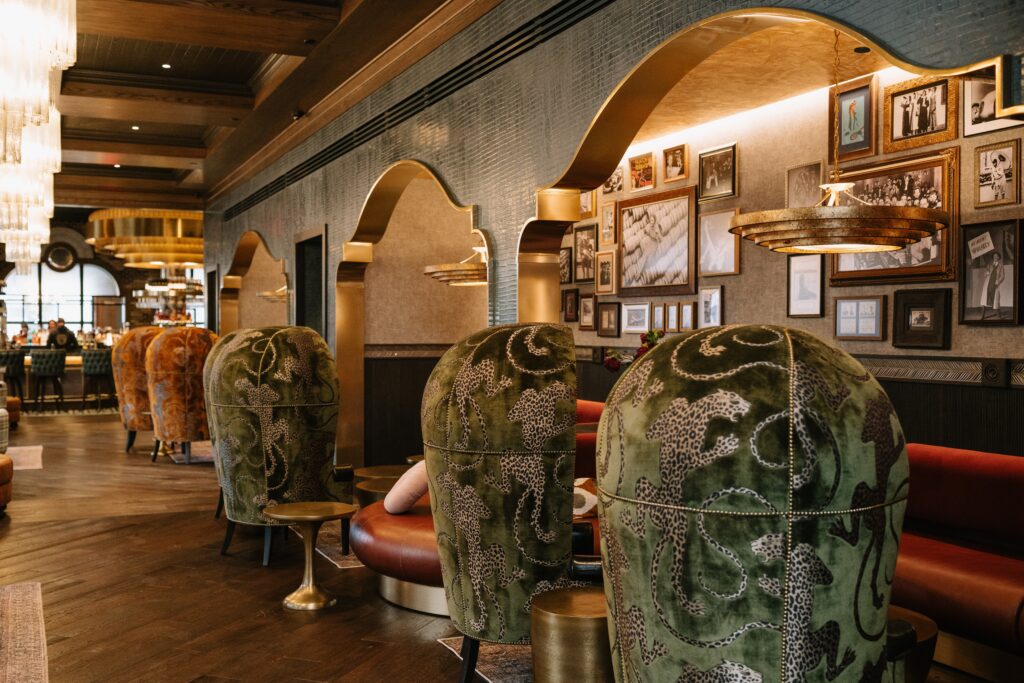
Most manufacturers are trying to only pass along a portion of the tariff costs. Which, depending on the country of origin, can vary from as much as 5% to 125%. From 2022 to today, we’ve seen the average cost of purchased items increase 20-25% overall.
Managing the Shift
With the right strategies in place, the challenges of today’s market can be managed.
- • Vet your lease terms using an understanding of the outlined cost categories and current market trends, and negotiate to add more time before rent commences.
- • Create a best-case and worst-case budget from the very beginning, check it at every stage and know the costs that your business can endure.
- • Select the right partners with enough experience and capability to get creative with sources and customized solutions. With the right connections, there are many product source options available.
- • Order purchased items early with a plan to inspect immediately and warehouse the inventory.
There are a lot of great opportunities out there today for entrepreneurs and businesses; it’s not all bad news. Second generation spaces offer potential construction cost and time savings, and there are new, creative sources for purchased items available every day (just ask SheaMakes). And with motivated landlords ready to secure high-quality tenants, now can be a great time to take advantage of these opportunities.
—
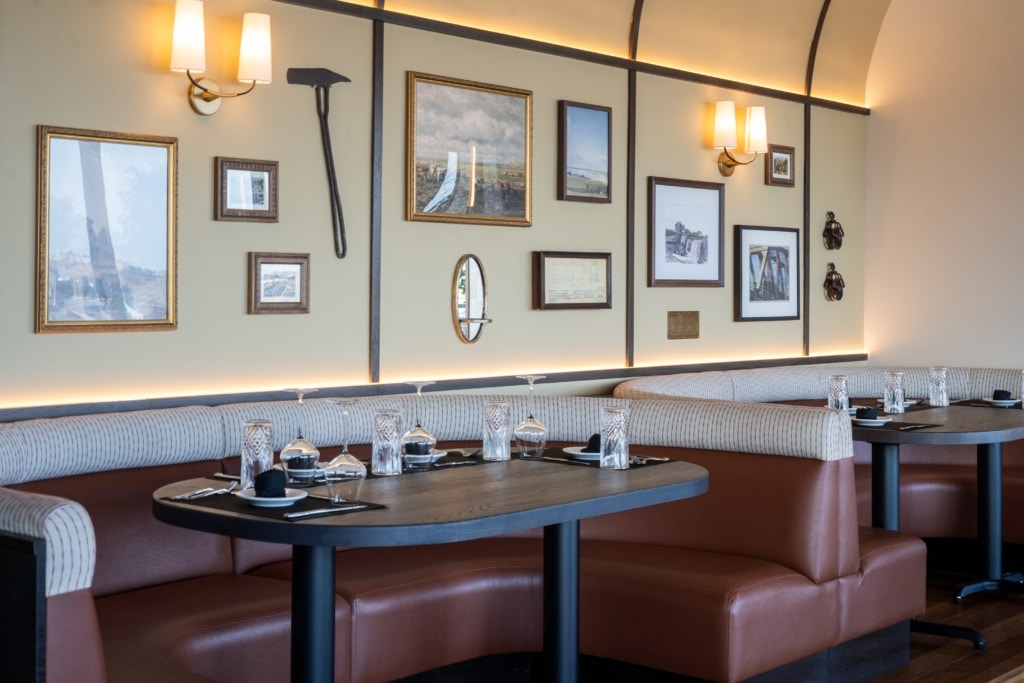
Never Miss a Post
Sign-up to never miss one of our Curated, How We Create or Shea Ink posts:
